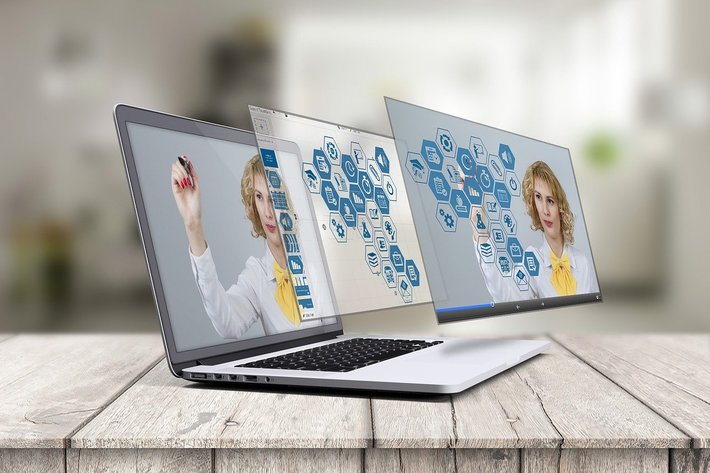
The rapid development of technology could not pass the educational process. And, while virtual reality (VR) technologies are not new to most people, they have only recently been used in the educational sector. What do you know about the impact of virtual reality on education?
Peoples attention has been drawn to online education and interactive tools that can make learning more accessible, visible, and efficient due to the pandemic. Due to a lack of research data, many students who were self-educating were forced to seek writing assistance or buy dissertation online.
Virtual reality (VR) has evolved into an effective tool, allowing millions of students to better educate themselves even during a lockdown.
Why Are VR Technologies So Popular In The Modern Era?
VR technologies have long been a part of daily life as well as professional human activity. Their integration into education is still negligible. Nonetheless, everything could change very soon. There are several significant reasons for this:
- Lowering the cost of technical equipment. Prices for modern VR devices designed for home and professional use have dropped significantly in recent years, making them more affordable.
- Increased investment in VR. In 2020, the global VR market was estimated to be worth USD 15.81 billion. From 2021 to 2028, it is expected to grow at a compound annual growth rate of 18%.
- Increased competition. In the European market, there are already over 300 VR companies, including market giants HTC, Microsoft, Samsung, Sony, and Oculus, which create fierce competition and produce useful VR products.
- Application fields expansion. Although virtual reality has long since ceased to be just a game story, it is now being used in many industries, including the oil and gas industry, education, mechanical engineering, energy, etc.
Advantages of VR Use For Education
VR learning grounds on immersive technologies. It allow users to better perceive and understand a specific phenomenon, model situations, etc. That is, in a matter of minutes, these technologies immerse students in the required environment.
Here are the main advantages of VR use in education:
Clarity
A student can use virtual reality to examine objects and processes that are impossible or extremely difficult to trace in the real world. For example, anatomical features of the human body and the operation of complex mechanisms such as space flights, trips to different epochs, etc.
You will no longer wonder, Can I pay someone to do my homework? because VR allows you to get the most detailed look at the subject under study, eliminating the need for additional assistance.
Concentration
External factors have little impact on students in the virtual world. As a result, they can concentrate more on the cognitive process.
Involvement
The training scenario can be precisely programmed and tracked. Students can conduct chemical experiments, view historical events, and solve problems in a more captivating and understandable game format.
Safety
Students can perform complex operations in virtual reality without risking their lives. No matter how dangerous the experiment is, the consequences will not harm him or his classmates.
Efficiency
Many people nowadays continue to ask themselves, Who can write my paper for me? Experiments revealed that the performance rate of VR technologies is significantly higher than that of traditional learning methods. It reduces the number of search queries by providing students with the most comprehensive data for their research papers.
The Top 5 Prospects for VR Use in Education
Teachers use computer technology in the modern educational process, in addition to textbooks, because this format of submitting information is more interesting and understandable for today’s generation of schoolchildren.
Heavy books replacement
VR technology aids in the retention of information and reduces the need for it to be repeated. Information is presented in classrooms using special glasses or classroom technologies.
Provision of exhaustive information
VR will help students learn more about complex subjects. For example, the teacher will no longer need to explain how the lungs appear outside and inside. Students will be able to see everything with their own eyes.
New education programs
VR based education programs will help students and teachers achieve better results.
Appearance Of A Shared Content-Base
A content base will allow teachers to create their own lessons while also utilizing the work of other teachers.
Increase In-Home Use
VR technologies promote remote learning and make it more accessible to all. They significantly increase the level of immersion in the material, resulting in students wanting to use it more frequently at home.
The next big thing in education is not technology but rather a teachers decision to push ahead and incorporate VR technologies into the classroom. The global goal should be to make knowledge available, accessible, and affordable to all people on Earth.
